Computer vision is the backbone of many new technologies (and much more to come), that most likely will become the norm in the not-so-distant future. One big accomplishment made possible using computer vision and artificial intelligence is the self-driving system already present in some cars. There’s no doubt that self-driving cars will be a common sight in the future. But do you really know how it works?
How is computer vision used in self-driving vehicles?
When driving, you use your eyes to see the road and everything else around, and with that visual information, you make decisions (turning, speeding up, slowing down, etc…). Self-driving vehicles do the same, but the computer “sees” for you. To do that, a combination of technologies is used.
One of those technologies is Object Detection, this is made possible using computer vision. By training Convolutional neural networks (CNNs), a type of deep learning algorithm, having it analyze various types of images, and teaching it to properly classify said images.
The vehicles then leverage the information previously learned with advanced cameras and sensor, analysing their surroundings, and recognizing pedestrians, obstacles, road signs, other vehicles, etc… All of this done in real-time. Nonetheless, there is some work that must be done to come up with a self-driven car… let’s take a look!
1) Gathering the training data

Acquiring high-quality training datasets is crucial for the success of AI-powered self-driving cars. Data can be collected through methods such as: 1) capturing shots during semi-autonomous driving; or 2) using computer game engines (which is a promising option for computer vision training). It requires multiple iterations of camera-generated images to ensure effective object detection. Also, encompassing various elements such as road objects, signs, lanes, humans, buildings, and other vehicles. Each element requires specific annotation types like polylines or 3D point annotations, highlighting the complexity and vast amounts of data required to train such models.
2) Data labeling

Data labeling for self-driving cars is also a labor-intensive process that relies on human effort to identify and classify elements in raw images accurately. Maintaining precision in large-scale projects is challenging, necessitating effective communication, feedback systems, and clear annotation guidelines. Diverse data inputs are crucial for training models to make accurate predictions in various road conditions. Whether through in-house, outsourced, or crowdsourced labeling, a robust management process is vital to develop a scalable annotation pipeline.
3) Road conditions and Pedestrians
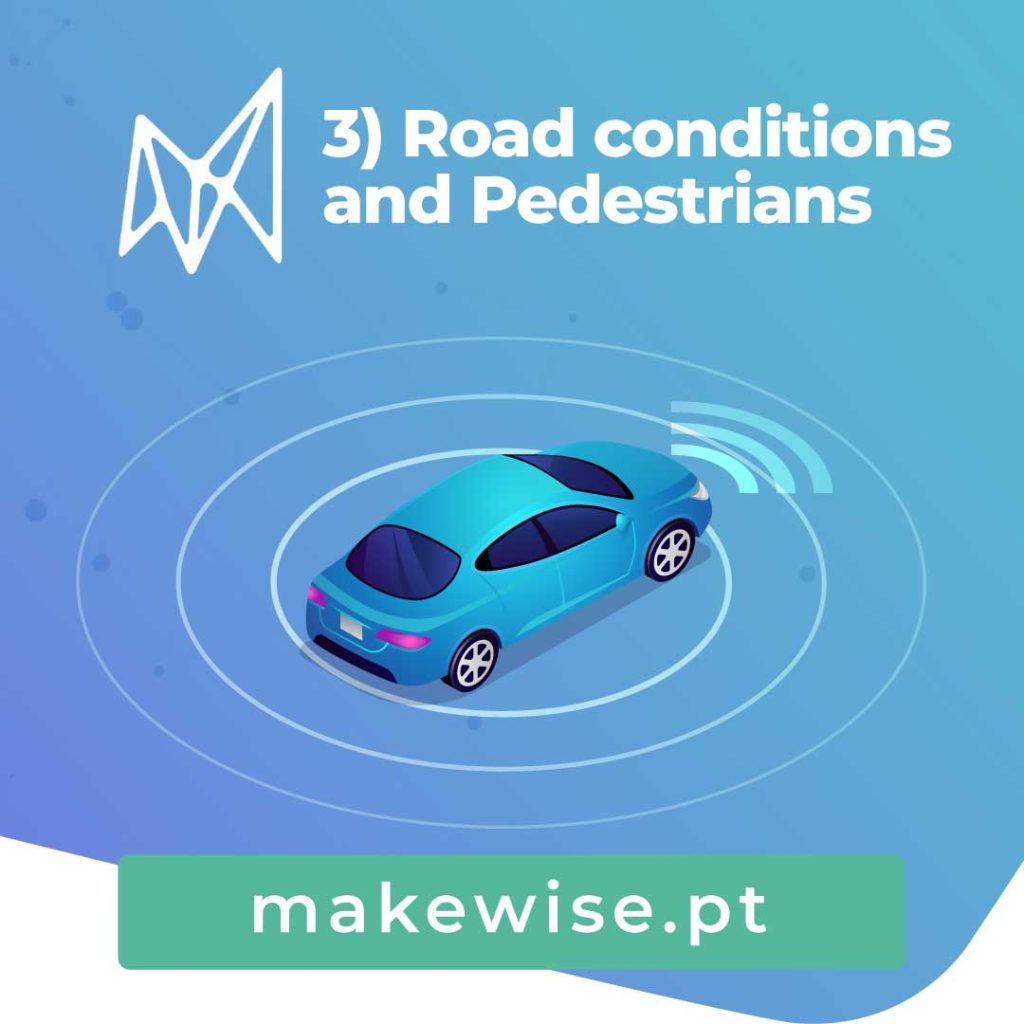
Autonomous driving models face performance variations due to weather, lighting, and environmental factors, necessitating diverse datasets. Of course, Computer vision technology enables object detection, but challenges can arise, for example, when objects are obscured or in motion. So, autonomous vehicles must efficiently detect pedestrians, estimate their poses, and predict movements while considering factors like dirty or shadowed traffic signs. So, to overcome these challenges and ensure the safety of everyone, it’s crucial to incorporate real-time object detection, accurate pedestrian identification, and efficient handling of moving objects.
4) Stereo vision
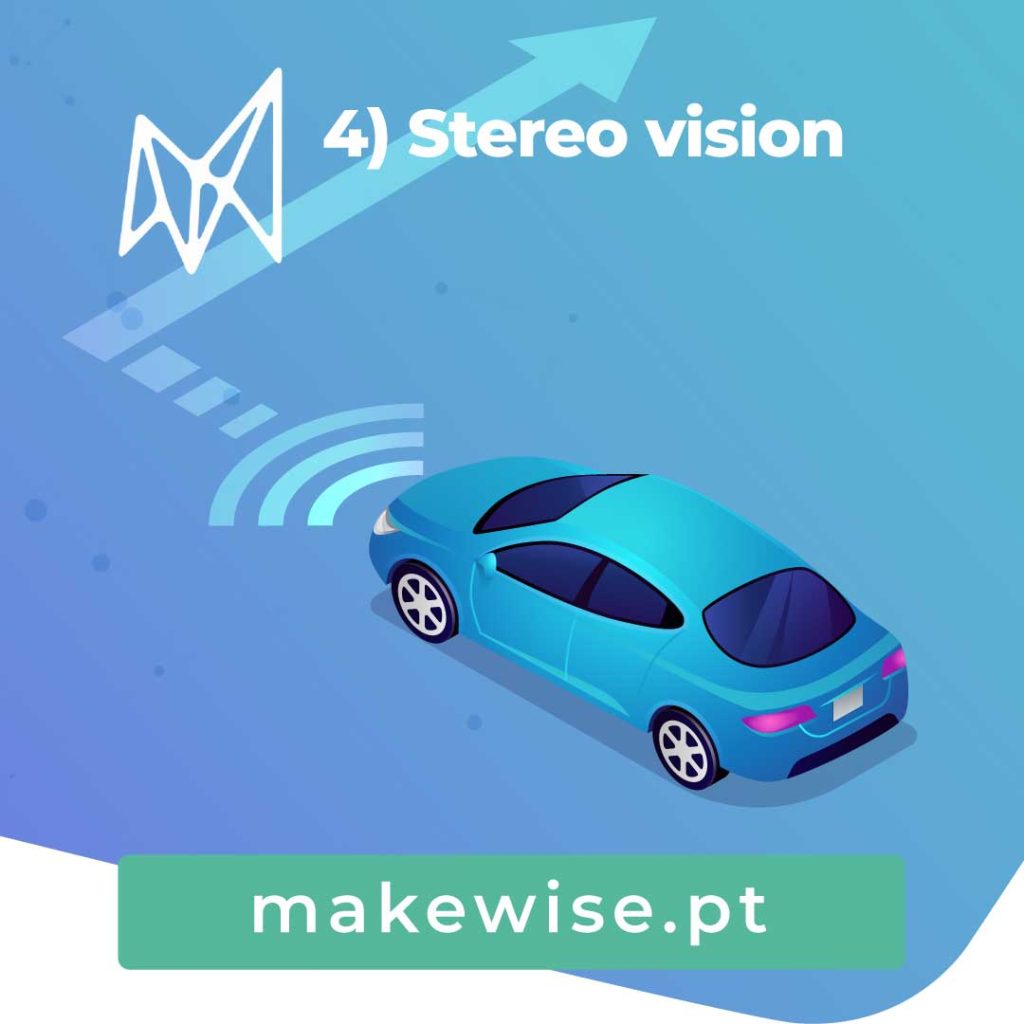
Safety in autonomous vehicles requires accurate depth estimation, supported by tools like LIDAR, camera radar, and stereo vision. However, challenges arise from varying camera arrangements, leading to issues like perspective distortion and unmatched representations, making distance calculations difficult. Overcoming these challenges is vital for reliable depth estimation in self-driving cars.
5) Semantic segmentation and semantic instance segmentation

Semantic and instance segmentation pose challenges for autonomous cars! Why? Well, for example, due to performance limitations and confusion caused by factors like lighting and weather conditions. Dataset variety and iteration count are crucial for accurate results in computer vision projects for self-driving vehicles.
6) Multi-camera vision and depth estimation
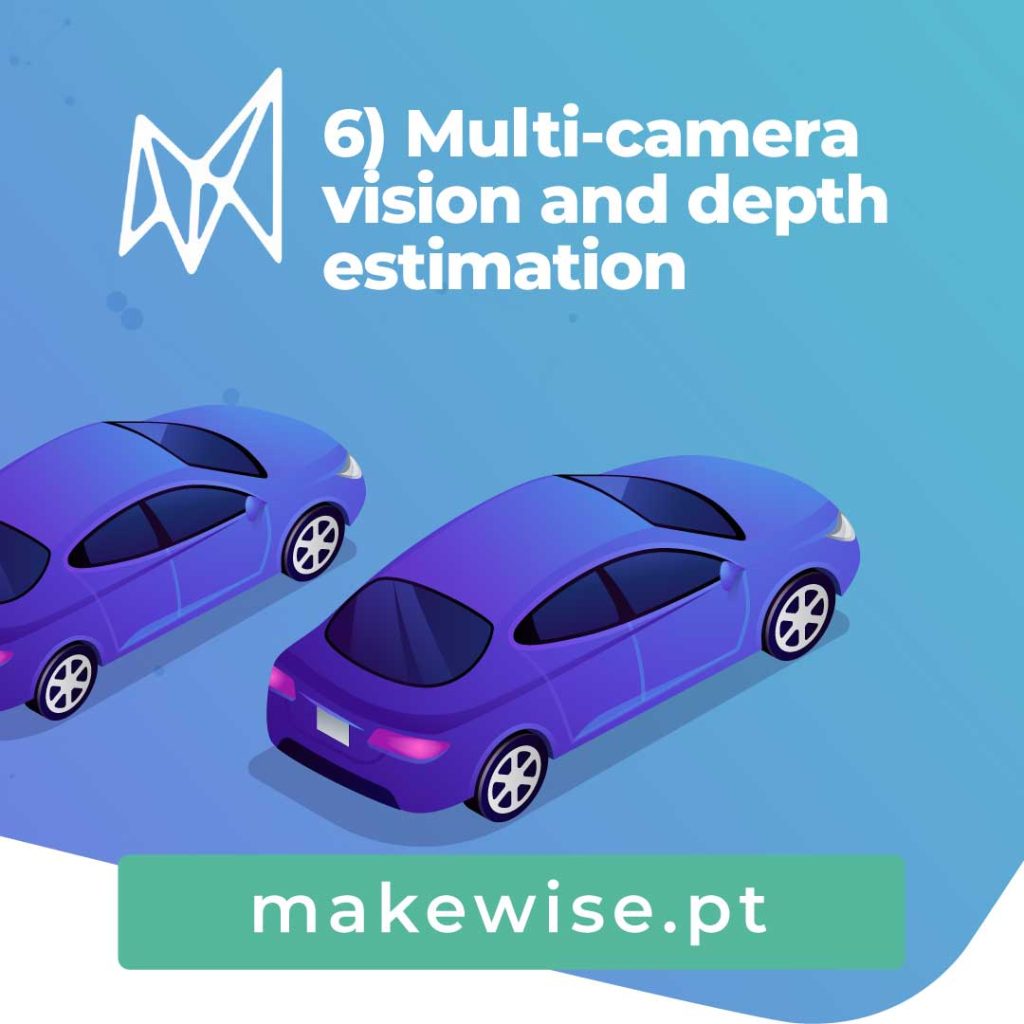
Proper depth estimation is crucial for vehicle safety in autonomous cars. The distance between camera lenses and objects is essential for building a reliable stereo vision system. However, a good lens distance can also lead to perspective distortion, which hampers accurate calculations. Additionally, variations in pixel accuracy across cameras can affect distance calculations, making it important to address non-parallel representation issues in self-driving cars.
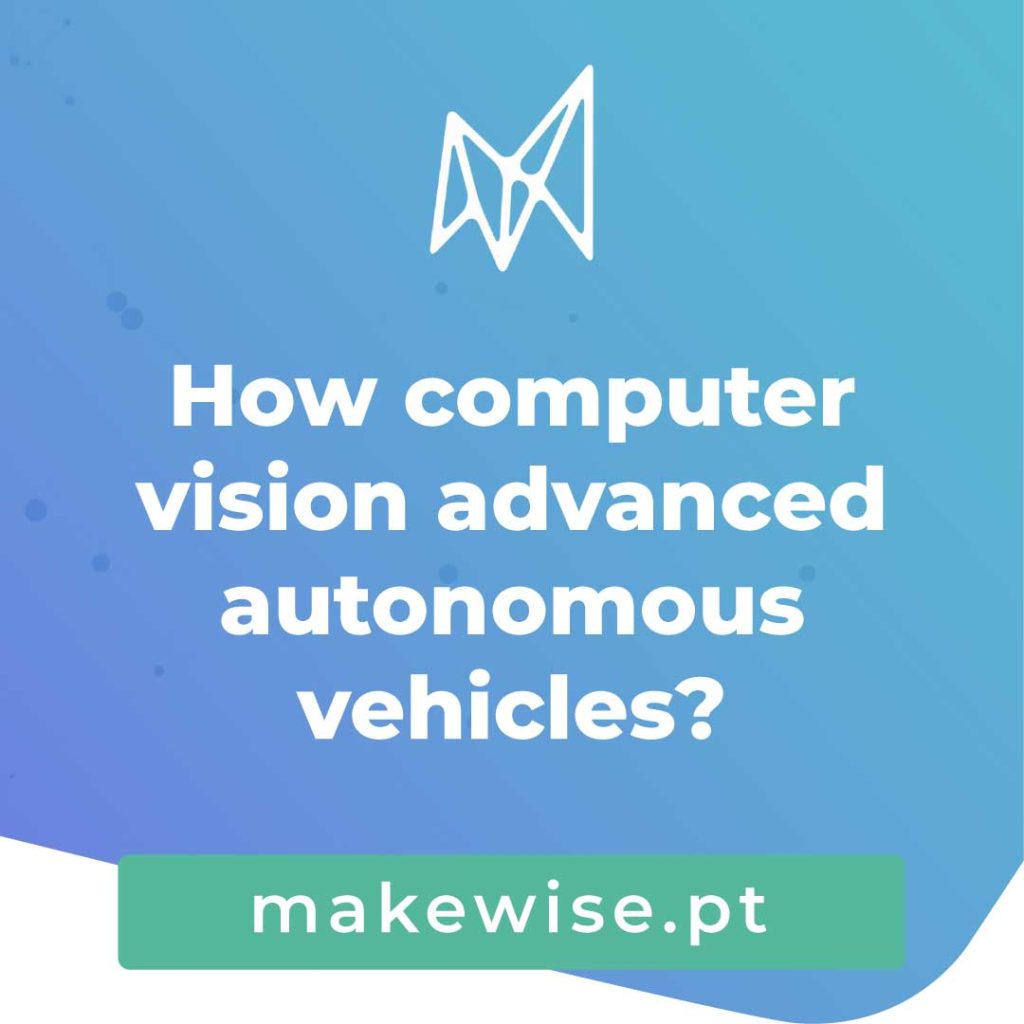
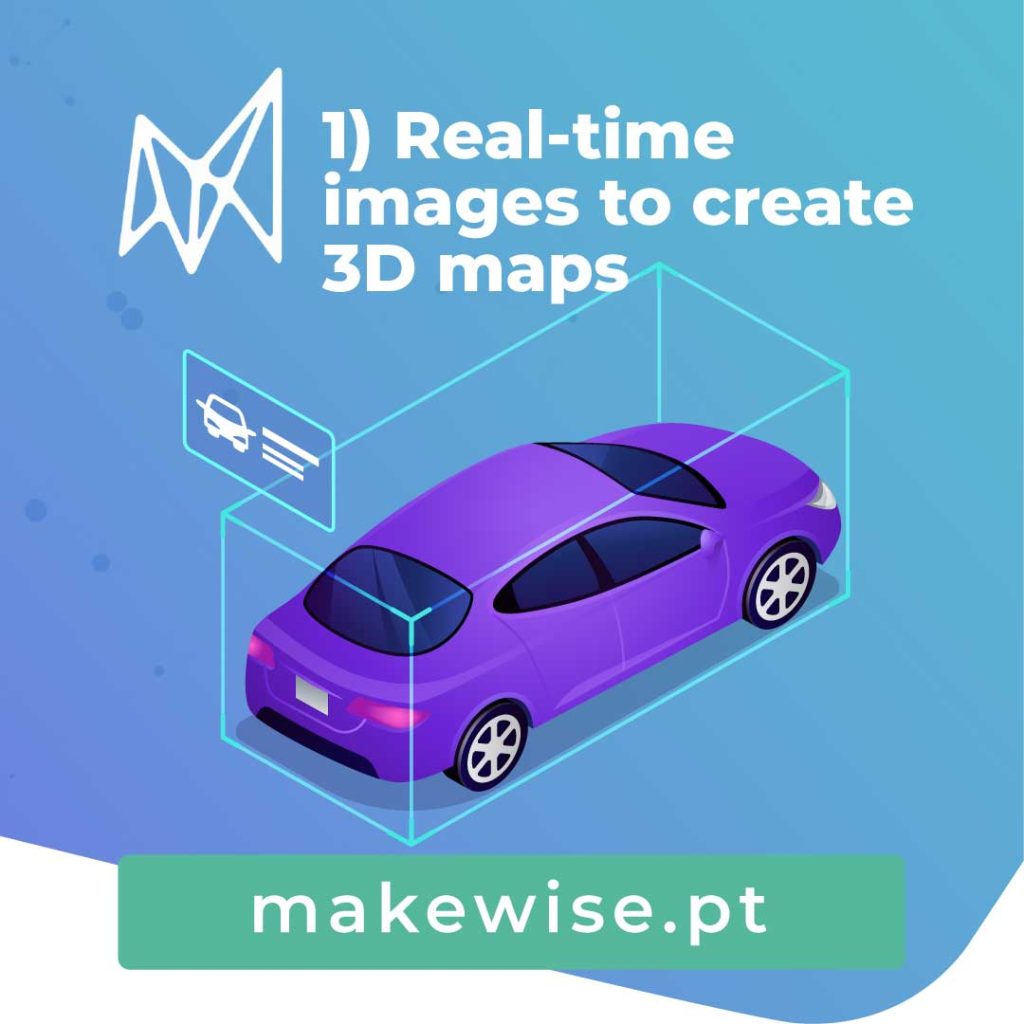
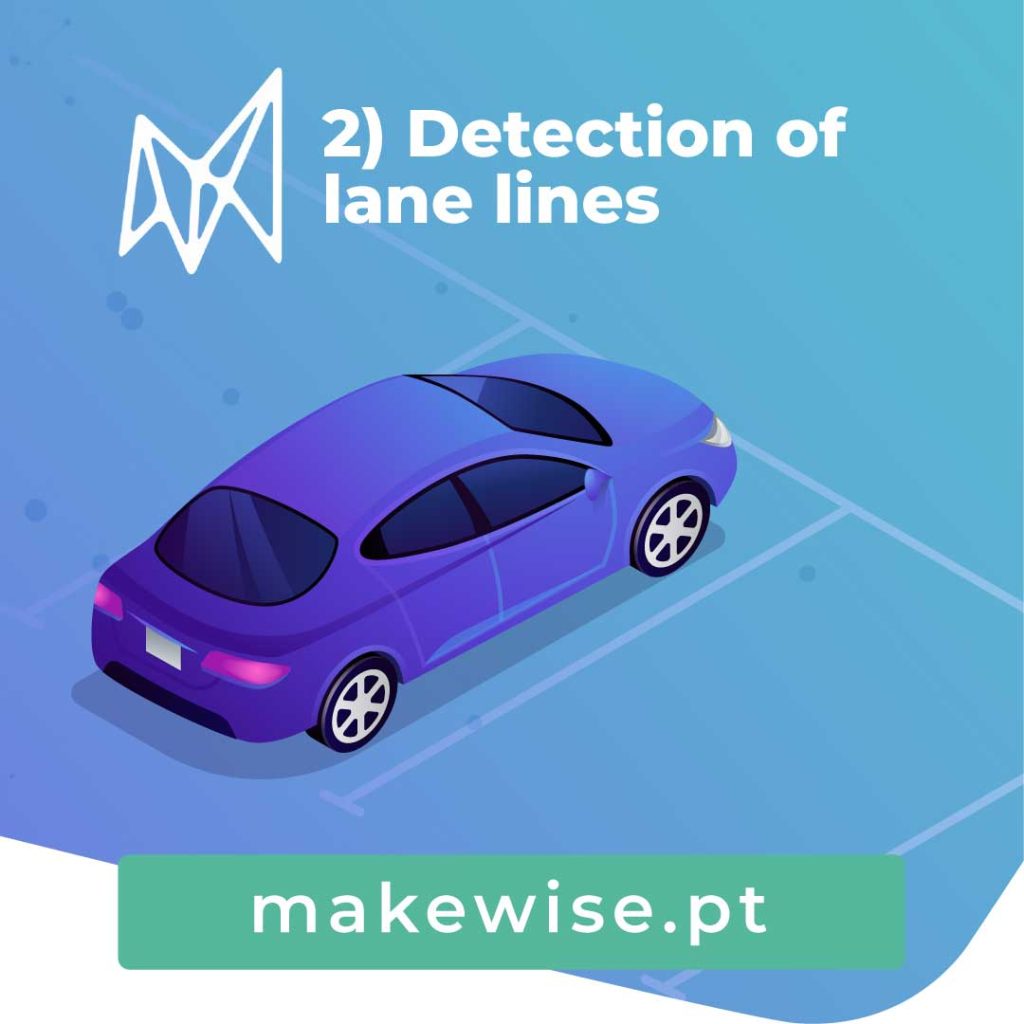



How computer vision advanced autonomous vehicles?
Despite the challenges, it goes without saying how self-driving vehicles advanced through computer vision technology. These are some of the reasons:
- 3D maps – Autonomous car cameras capture real-time images to create 3D maps, improving understanding and safety.
- Detection of lane lines – Lane cutting is a challenging aspect of self-driving cars, but computer vision and deep learning models can use segmentation techniques to identify lines and curves, eliminating the need for human/driver intervention and reducing the risk of accidents.
- Airbag disposal – Computer vision technology enables real-time decoding of data from surrounding vehicles, allowing self-driving cars to anticipate potential crashes or incidents. This advanced capability enables timely deployment of airbags to protect passengers.
- Driving in low-light mode – To adapt to varying light conditions, autonomous vehicles switch between normal and low light modes. Computer vision algorithms, aided by LIDAR, HDR sensors, FMCW radars, and other technologies, can identify and adjust to low light conditions.
AID.VISION: Automatic detection of incidents on roads

The AID.VISION is a solution powered by Artificial Intelligence systems, which automatically detects various types of incidents and triggers real-time alerts to an operations center.
- Automatic road detection
- Automated incident detection
- Real-time alerts and warnings
- Integration with other IT systems
Confirm all MakeWise’s solutions here and start your business digital transformation journey today. Contact us!

